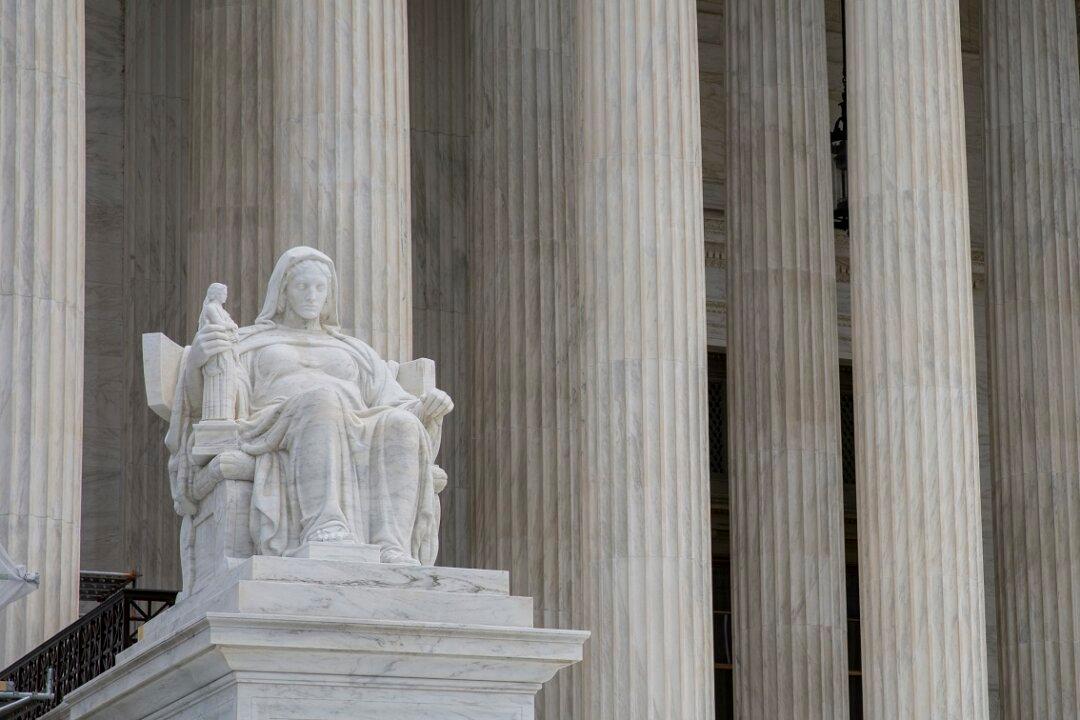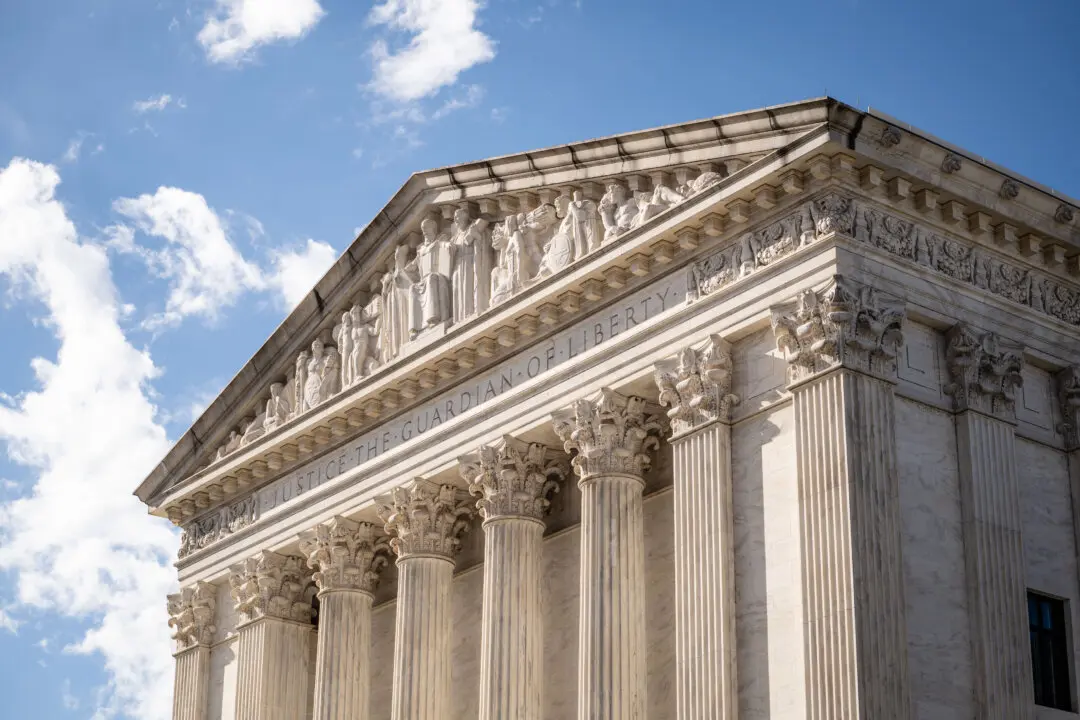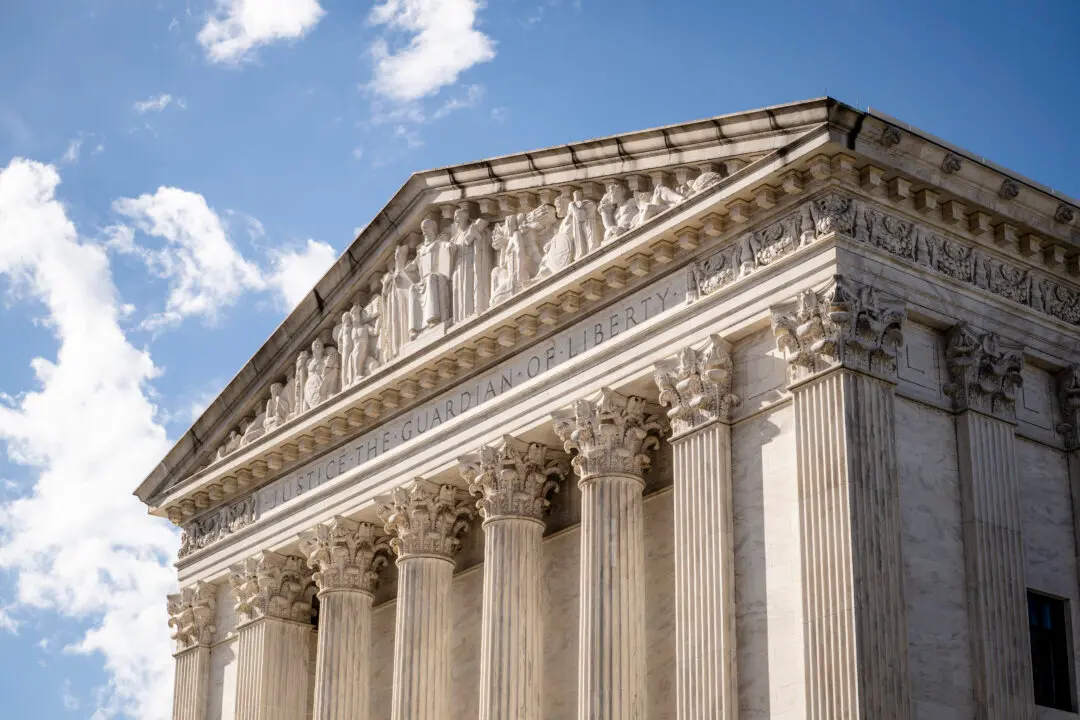The unusual request of a condemned man with a rare and painful medical condition to be gassed to death with nitrogen, instead of being injected with lethal drugs, is an obvious ploy to delay his execution indefinitely, Missouri’s State Solicitor D. John Sauer told the Supreme Court on Nov. 6.
As oral arguments were presented in that case, elsewhere, attorneys for four death-row inmates in Tennessee filed suit, asking a federal judge to allow them to select death by firing squad as an alternative to lethal injection or the electric chair, their state’s legally mandated methods of execution, the Tennessean reports.





